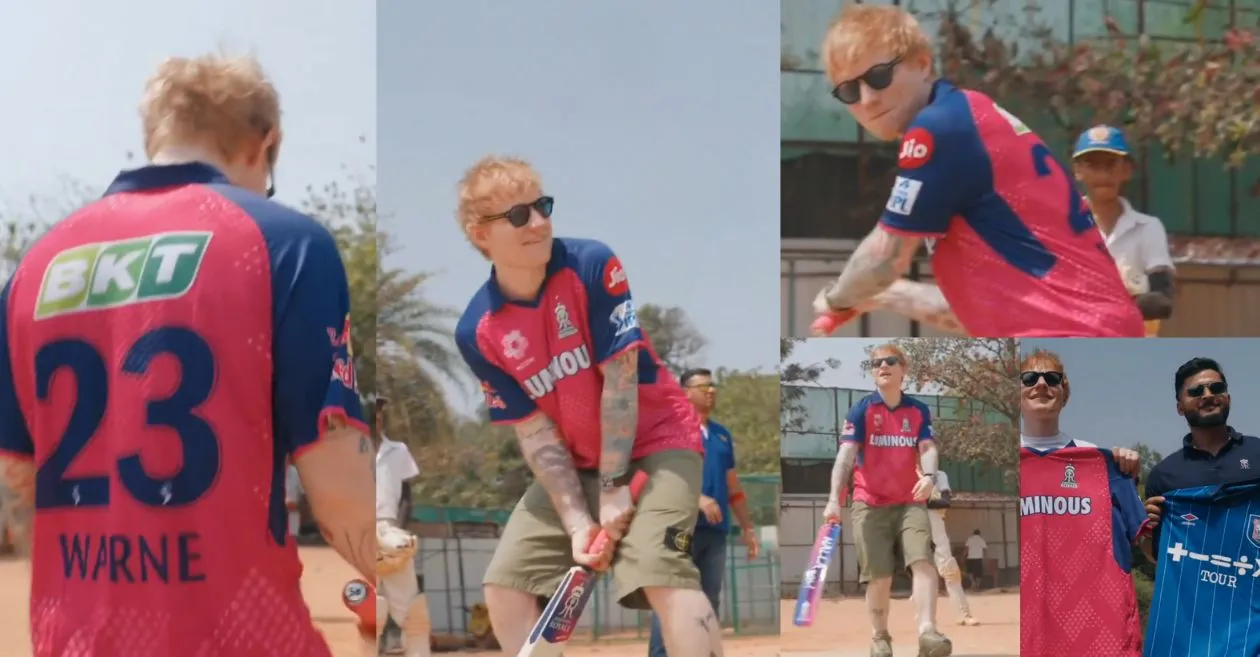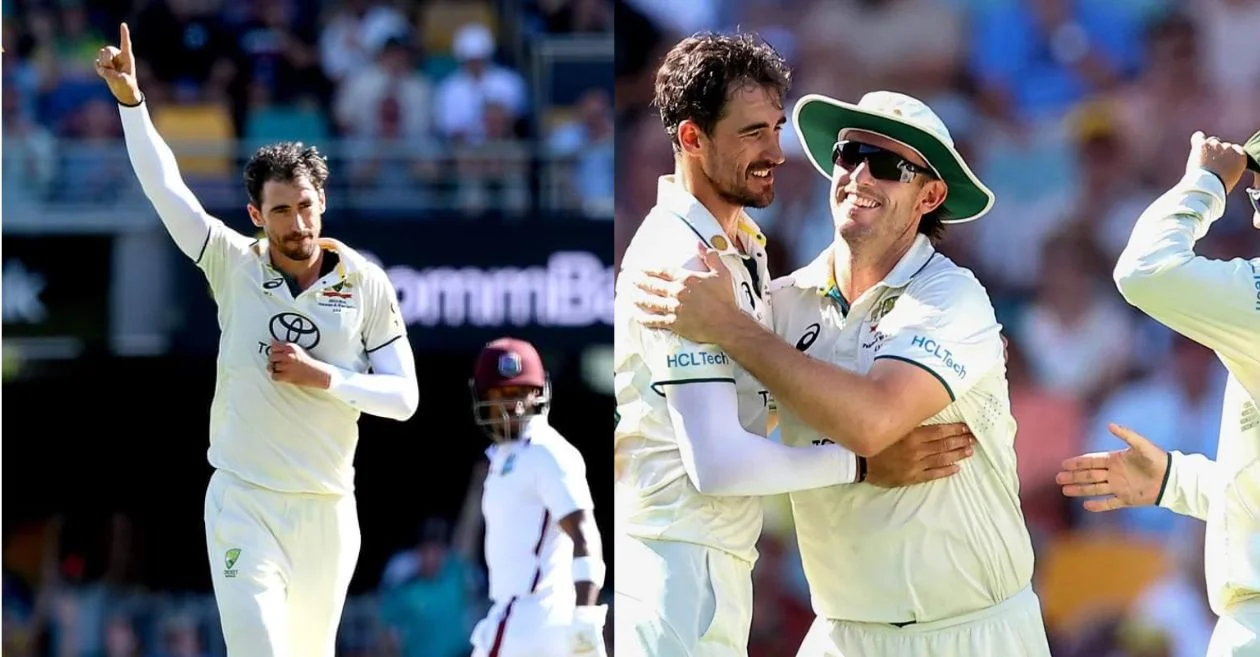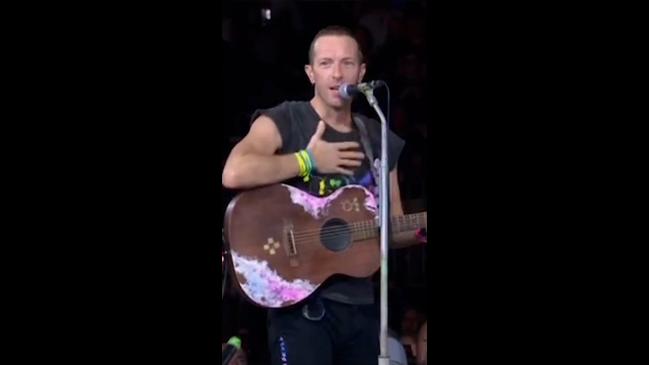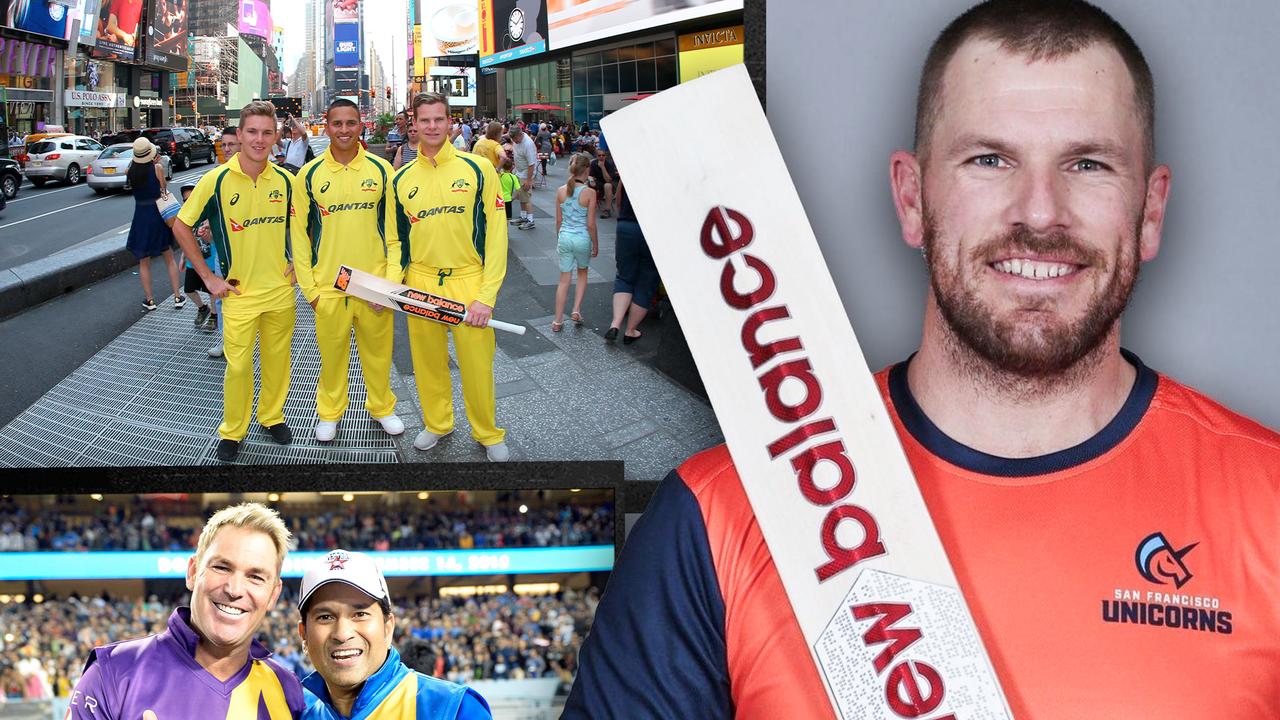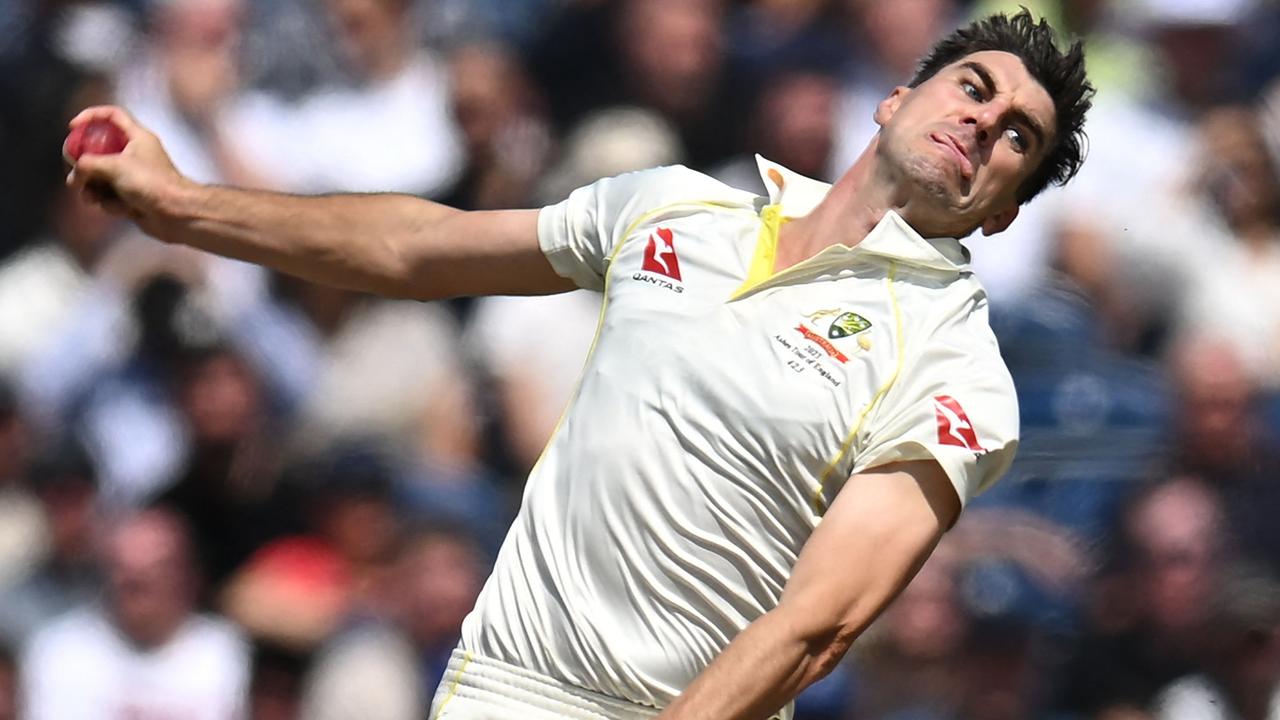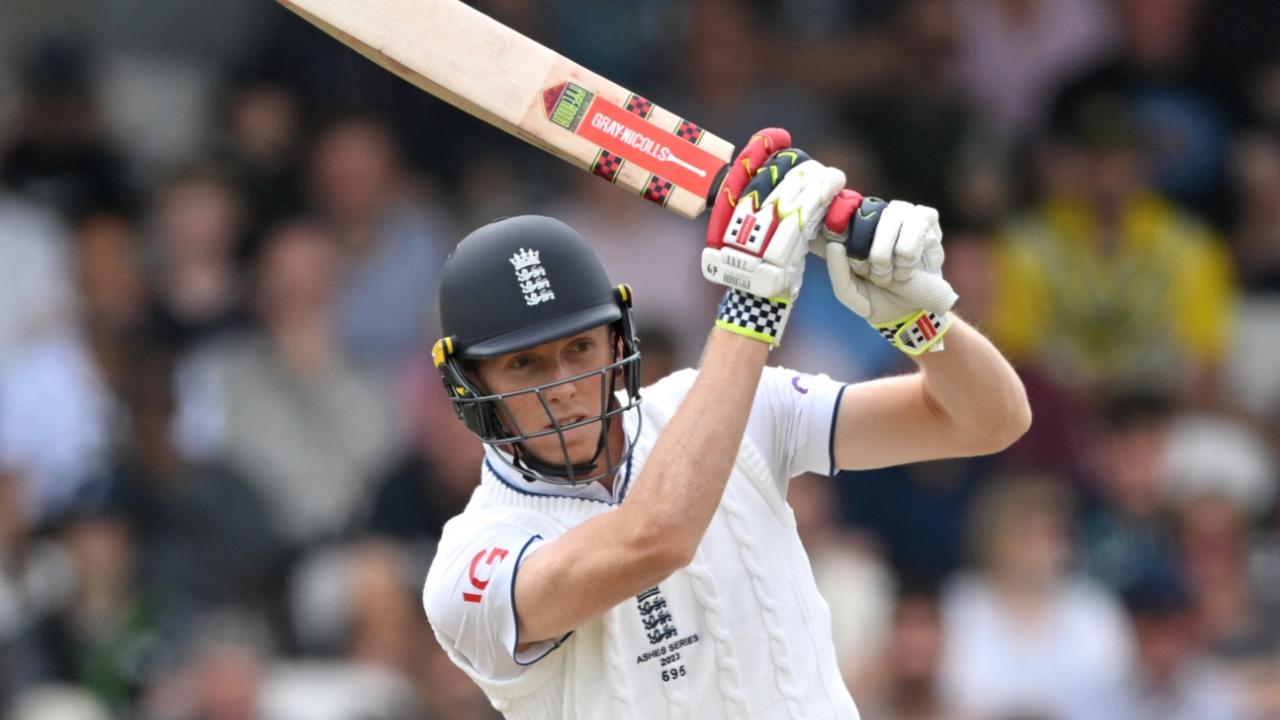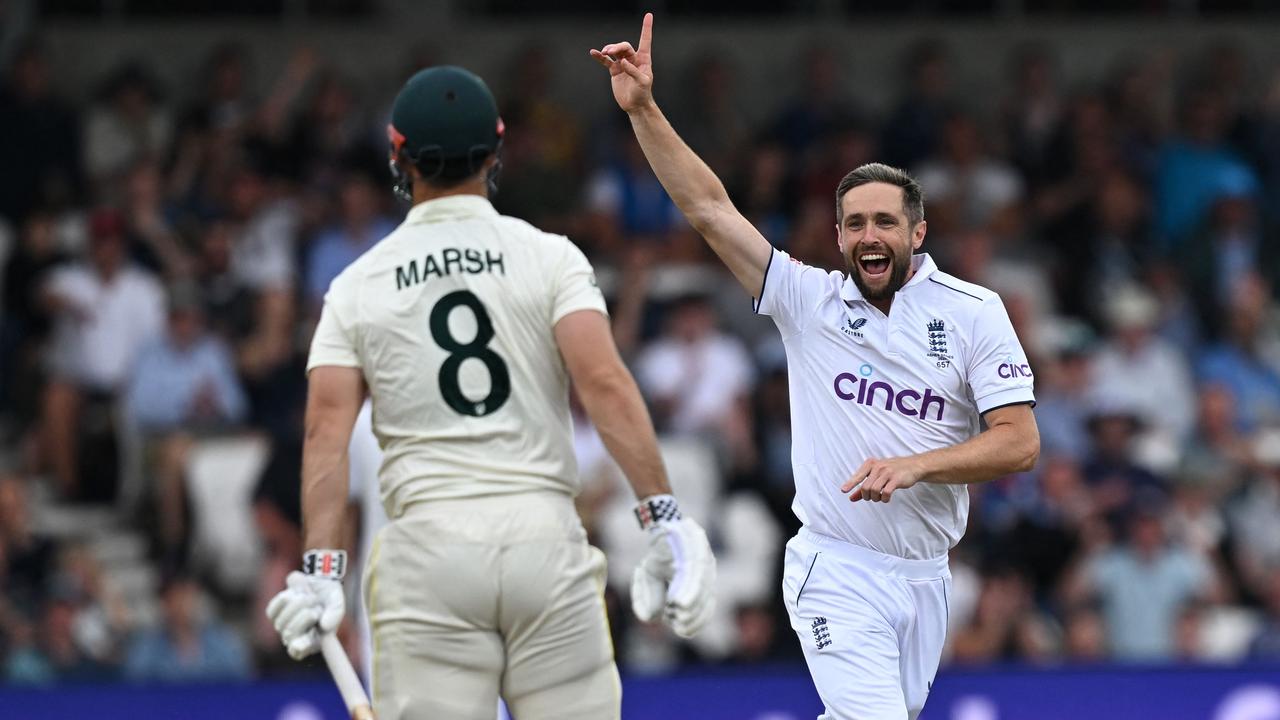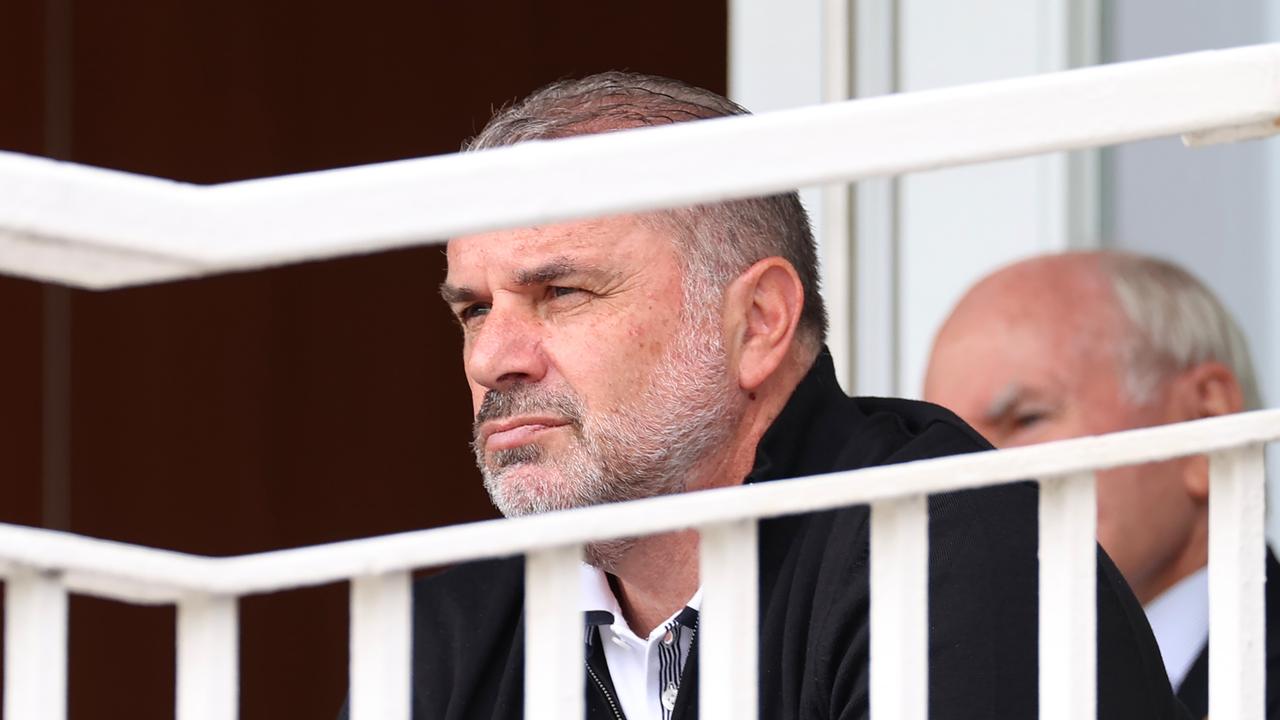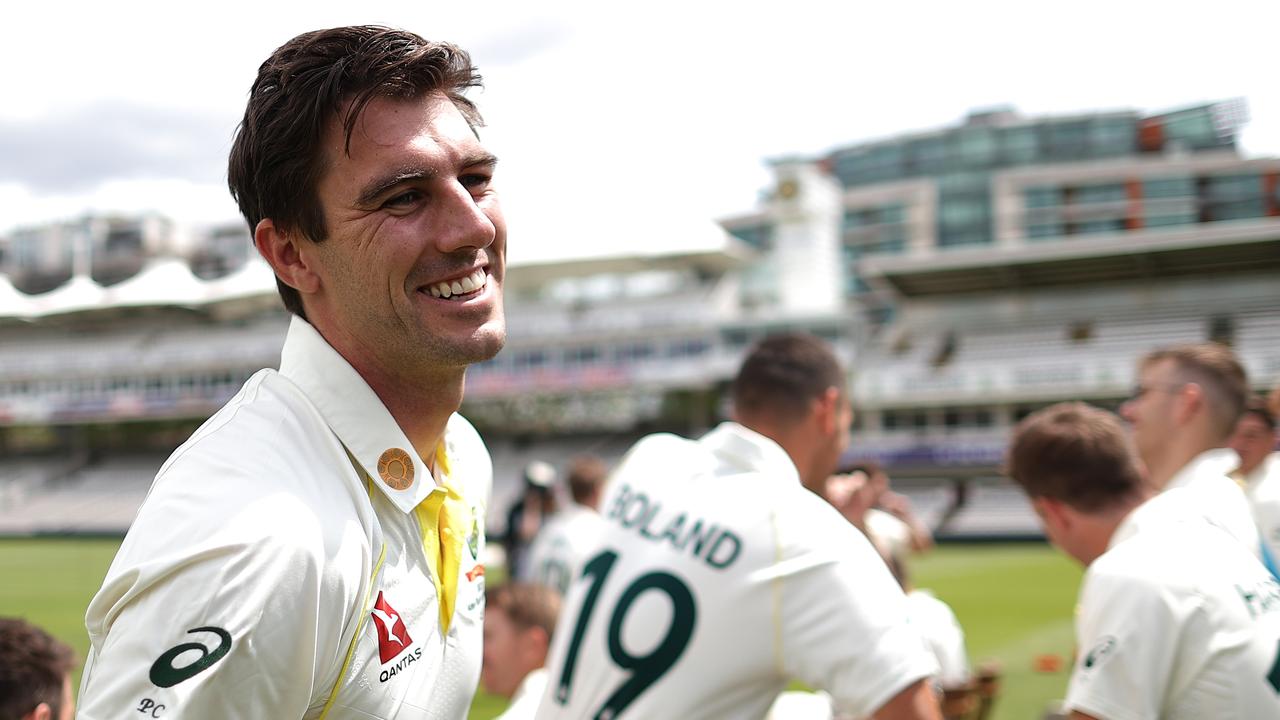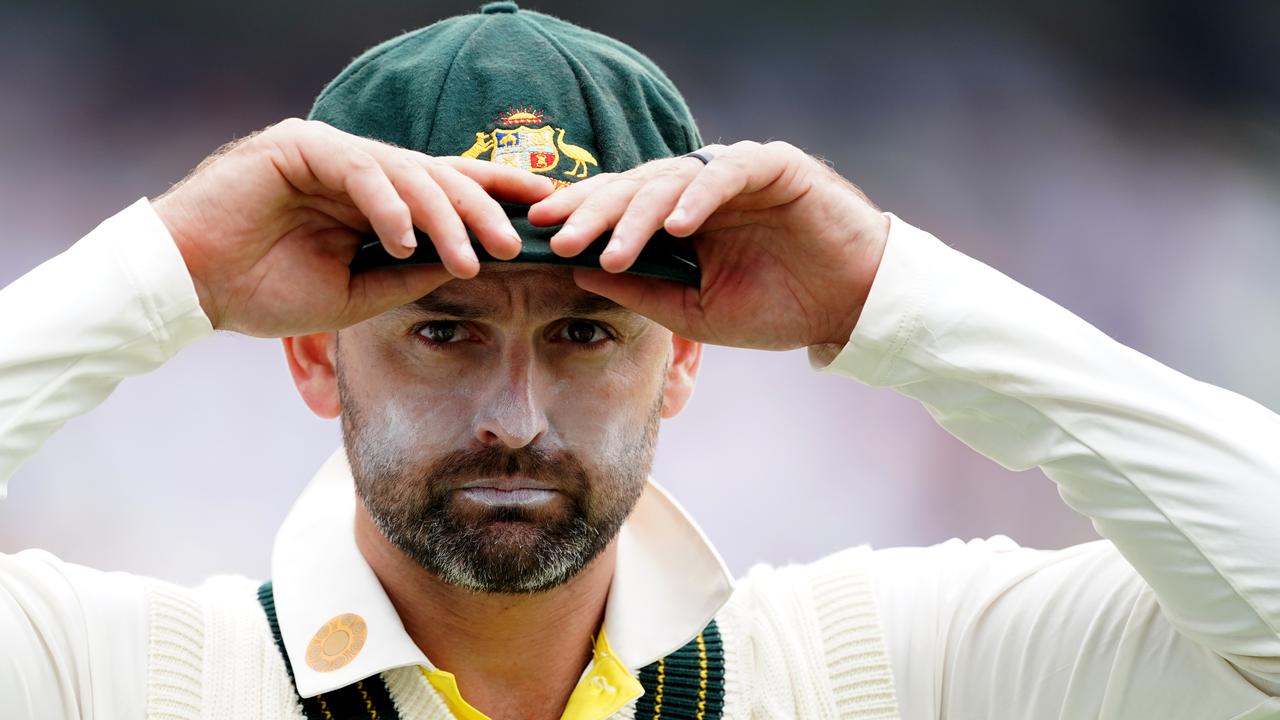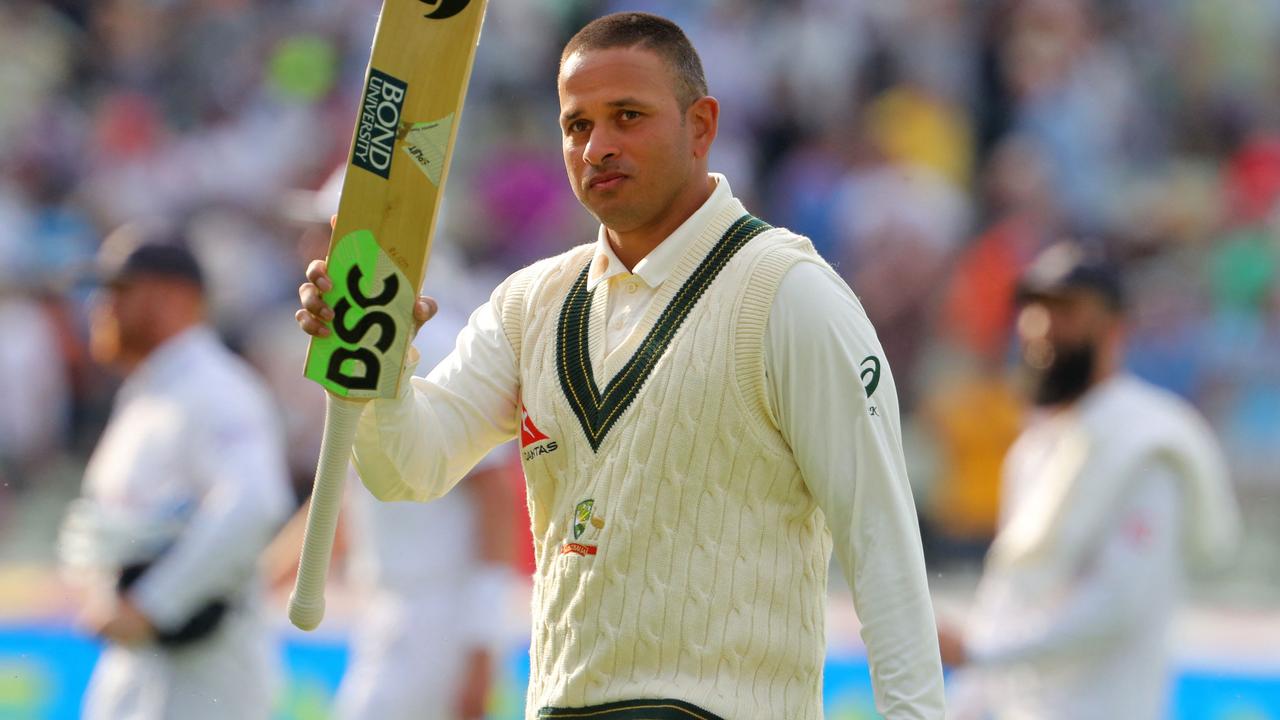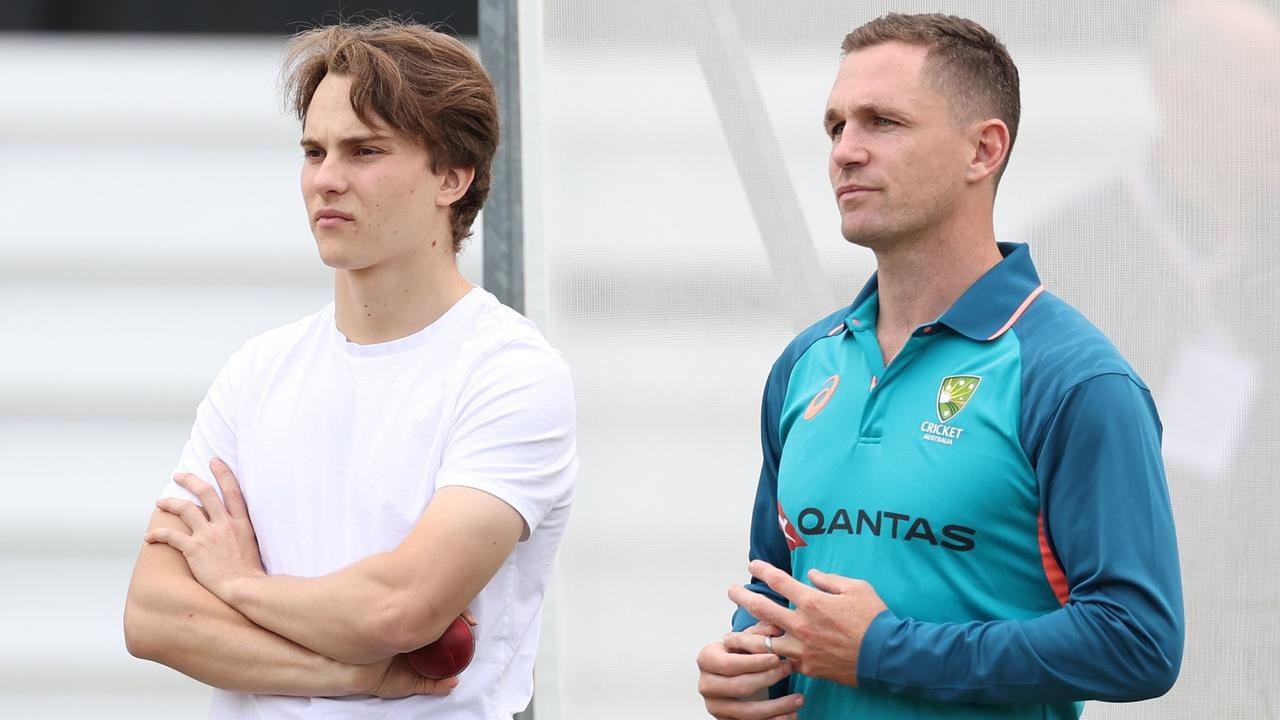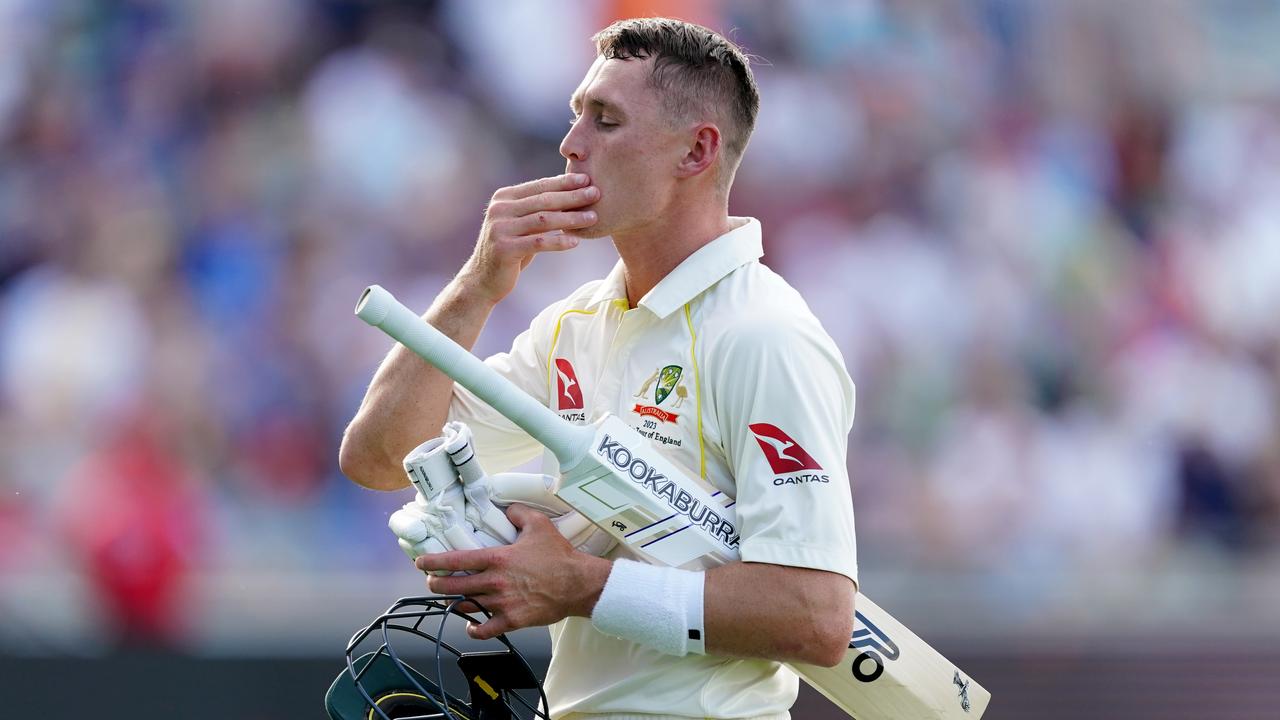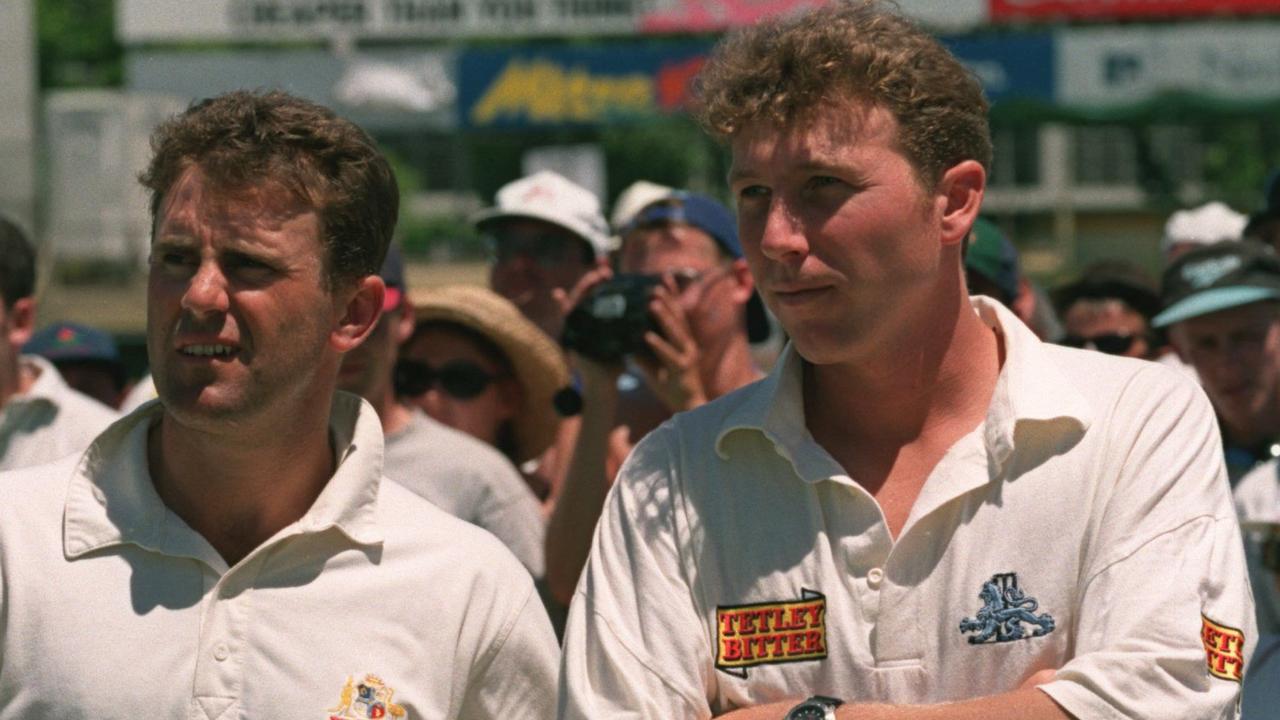The first ever international cricket match was played in the USA in 1844. BEN HORNE reports that almost 200 years later, T20 cricket and millions of South Asian migrants are fuelling its resurgence.
Believe it or not, the USA played Canada in the first ever international cricket match in Manhattan in 1844.
That was two years before the first official baseball game and more than three decades before Australia and England faced off in a cricket Test.
But with the days of British colonialism now 200 years in the rear vision mirror, cricket’s second coming in America is being fuelled by the diaspora of South Asian people across the USA.
Market research from the International Cricket Council has identified 30 million cricket fans in the US, with North America already the third largest TV market for cricket behind India and the United Kingdom.
The Twenty20 format has given cricket the perfect vehicle to try and capture an even wider audience, and soccer’s successful foray into North America on the back of the 1994 FIFA World Cup is now the blueprint for what might be possible for cricket.
Australian white ball greats Aaron Finch and Marcus Stoinis have been among the pioneer stars for the inaugural six-team Major League Cricket T20 League season, where they’ve been paid US$125,000 for 16 days’ work and have even featured on national television on CBS Sports and the ESPN Sports Centre Play of the Day.
Mumbai Indians New York claimed the first ever MLC title, defeating the Seattle Orcas by 7 wickets in last week’s final, with Australian World Cup star Tim David showcasing the future of the sport by lifting the trophy for the franchise he also represents in the Indian Premier League.
Next year, Steve Smith and numerous other Australian superstars are expected to join the Major League Cricket US crusade, given July represents a lull in the cricketing calendar and it immediately follows a T20 World Cup to be hosted in part, in the US.
“The tournament has been bloody good,” former Australian captain Finch said after captaining the Unicorns in their first season.
“Of course like any first-year tournament, there will be teething problems.
“I do see a big future here in the States.”
It’s hoped the inroads being made by a star-studded T20 league of international standard will be supercharged by America’s first ever World Cup in June 2024, before cricket’s likely entry into the 2028 Olympic Games in Los Angeles exposes the game to an even wider audience.
Bankrolled by some of the most successful businessmen in the USA, including the chief executive officer of Microsoft, Satya Nadella and Adobe CEO Shantanu Narayan, as well as four IPL franchises, Major League Cricket is armed with the money and ambition to make a legitimate splash in the US Sports market.
THE NUMBERS THAT PROVE THE US IS CRICKET’S SLEEPING GIANT
When Australian stars like Finch, Stoinis and Shane Watson are being stopped for selfies in downtown San Francisco, Dallas and North Carolina, it’s obvious cricket’s expansion vision has a bit more latent potential behind it than the NRL’s American dream and the AFL’s foray into China.
Despite the caliber of businesspeople invested in the league, this is no billionaire’s plaything.
Seattle Orcas owner and leading US tech executive Soma Somasegar makes it clear this is a lifelong mission becoming reality.
“I spoke to a half a dozen or more people before the opening game that I had never met before in my life and these are people who tell me, people with tears in their eyes saying, ‘I’ve been dreaming for this moment for the last 20, 30, 40 years,” Somasegar tells this masthead.
“Being able to watch the sport now in my new home, meaning the US being their new home, with people of this caliber from around the world coming and playing and watching, it’s my dream come true.
“When you hear it from one person it feels great, but when you feel it consistently from all sorts of people it feels really, really special.”
The San Francisco Unicorns, one of the founding six franchises of MLC, held a fan day where 1200 fans turned up to Central Park in Fremont, before the fledgling side had even played a single game.
“We had to shut it down because we ran out of parking,” Anand Rajaraman, tech entrepreneur and Unicorns owner told this masthead.
“So many people came, and so many kids. These are kids born here in the US but involved in the local cricket academies, learning to play cricket.
“Our goal is to make cricket mainstream and have it consumed not only from people familiar with cricket. That’s the long-term goal. But In the short-term, the first baby step is to make it incredibly popular amongst the people who already understand cricket.”
Cricket Victoria chief executive Nick Cummins has formed a partnership between his organisation and the Unicorns, where Victoria provides playing, coaching and management resources, and says the potential is mind-blowing.
“It’s not something you would expect to say about America, but there is a significant cricket-supporting population in the country,” Cummins said.
“If we just focus on the Bay Area with the Unicorns, there’s about 500,000 South Asians interested in cricket just in the Bay Area – so that’s Tasmania.
“So you’ve got a potential cricket fan base of Tasmania in just one city.”
Not only is the demographic huge in size, but the Indian diaspora in the US is among the wealthiest of any migrant community, with an average family income of US$150,000.
“They’re highly educated, white collar, passionate cricket fans and probably most importantly, they have children who are of South Asian heritage, but don’t know necessarily what cricket is,” Cummins said.
“It is something mum and dad follow. So the opportunity is there to create another generation of cricket fans and have it pass from one generation to the next. If you look at market size and population, it has the potential over a long period of time to become a significant player within the global cricket community.”
WHY NOW?
Almost exactly 15 years ago, Texas tycoon Allen Stanford, then one of the richest men in the US, attempted to reinvent cricket in the West Indies with a firm eye on trying to conquer America, cricket’s final frontier.
A short time later, Stanford – the infamous fraudster – was jailed for 110 years after being found guilty of masterminding one of the biggest Ponzi schemes in US history.
Since then, cricket’s attempts to find a foothold in America haven’t fared a whole lot better, with the home board USA Cricket effectively excommunicated by the International Cricket Council over repeated instances of financial crisis and crooked governance.
It’s been known now for the best part of two decades that the US is cricket’s sleeping giant, yet the game hasn’t been smart enough to take any advantage.
But the privatisation model has found a way through.
American Cricket Enterprises (ACE) received exclusive sanctioning rights to set-up a T20 competition in the USA, and therefore can operate regardless of the well-documented governance issues between USA Cricket and the ICC.
In return, the ACE has pledged to invest heavily in building purpose-built cricket stadiums in the six MLC markets across the USA (Seattle, San Francisco, Los Angeles, Dallas, Washington and New York), developing local cricket pathway competitions and giving money back to the governing body.
The ICC understands that ACE and not USA Cricket is its best chance of finally making an imprint in the US market and are supportive of the T20 league.
“It’s an indictment on the game that we haven’t pushed hard to be more active in that market, sooner,” said Australian cricket executive, Neil Maxwell.
“One of the interesting stats I saw was that FIFA first sold its broadcast rights for 50 million dollars for the 1994 World Cup.
“Twenty years later it was in the billions. Billions. And the journey starts with the first step.”
TAKE ME OUT TO THE BALL GAME
Every time Pakistan quick Haris Rauf came onto bowl for the San Francisco Unicorns, the entire crowd would chant “Kohli! Kohli!”
It is a specific reference to Kohli taking down Rauf in that iconic India and Pakistan World Cup match at the MCG last year, which proves two things about the MLC.
Firstly, the fans have a high cricket IQ, and secondly, the atmosphere at games is more Indian than any kind of unique American cricketing experience.
Save for the American ground announcer booming out when fours and sixes are hit, and occasionally getting them mixed up.
“It’s a bit like a mix of being at a baseball game and an IPL match,” NSW chief executive Lee Germon – who has partnered with the Washington Freedom cricket team said.
“You’ve got halftime entertainment at the innings break, with Indian dancers on the field.
“What they haven’t quite nailed is a true understanding of what the sport is, but we’re going to get there.”
CRICKET IN AMERICA’S BIGGEST HURDLE
When Shane Warne and Sachin Tendulkar took an array of the greatest players the game has seen to play three Cricket All-Stars matches in the US in 2015, it spotlighted the great conundrum the sport faces in trying to crack the mainstream in America.
Match one drew a massive 36,843 fans to Citi Field, home of the New York Mets MLB team, almost filling its capacity of 41,922.
The atmosphere was electric, but the spectacle was ridiculous on the odd-shaped baseball diamond.
Stadiums are the single biggest challenge cricket faces in America, because the US simply doesn’t have many – if any – multipurpose facilities due to the specialised nature of their sports.
You couldn’t stage a legitimate T20 cricket league at baseball stadiums, yet the alternative is being forced to play cricket matches at small venues, outside of the big cities where the majority of cricket fans live.
American Cricket Enterprises and Major League Cricket have made it a stipulation of ownership, that each of the six franchises invest in constructing purpose-built baseball stadiums in their home cities of Seattle, San Francisco, Los Angeles, New York, Washington and Dallas.
These won’t be MCG-style projects, more like Junction Oval in Melbourne or North Sydney Oval in terms of size – but at least they will be accessible home grounds in major cities, which can also be used for minor league cricket, which also struggle for fields to play on.
It’s understood the International Cricket Council are considering the viability of constructing a ‘pop-up’ stadium in New York City for next year’s T20 World Cup which would attempt to achieve the best of both worlds in cricket’s bid to harness a foothold in America.
A legitimate cricket field with drop-in pitch and temporary grandstands – and a big-time buzz generated by hosting a huge international match in the world’s biggest city.
The inaugural MLC which wrapped up last week was primarily played out of the Grand Prairie Stadium in Dallas, with players and coaches pleasantly surprised by the pace, bounce and quality of the surface.
“I thought the wicket in Dallas was fantastic,” New Zealand great and Seattle Orcas coach, Ross Taylor said.
“The groundsman is from South Australia and his crew have been working on it. Most wickets take a year to 18 months to embed, this one has been down for six or seven months and it had a lot of pace and carry.”
Washington is looking at setting up a facility within George Mason University just outside DC, while Seattle and San Francisco are looking at converting polo fields in the inner city into cricket arenas.
WHAT ABOUT LOCAL CRICKET
You might remember Corey Anderson, as the more than handy New Zealand all-rounder who has the fourth best bowling strike-rate in the history of ODI cricket from his 49 matches.
Anderson is now the unassuming face of American cricket and an example of the strategic thinking that has gone into establishing the MLC.
He’ll be eligible to play for the United States at next year’s T20 World Cup after relocating to Dallas with his American wife at the onset of the pandemic in 2020.
Along with former England international Liam Plunkett, Anderson is one of about 46 first-class players who have been deliberately engaged in a naturalisation process so they can help fast-track the local talent coming through in America.
Predictions are they should be as competitive as a team like the Netherlands was at last year’s T20 World Cup in Australia, when the Dutch upset South Africa.
The ICC says there are 120,000 participants in the US which is a five per cent rise since 2018. In that time the number of junior participants has doubled.
Somasegar says there are 250 local cricket teams in Seattle alone, with 40 of them women’s only teams.
There are even suggestions AEC and MLC may try and get cricket into some Universities to add to the pathway options.
NSW Cricket, who have linked with Washington, and Cricket Victoria, who have partnered with San Francisco, both see great opportunity for state and even premier cricket players to get off-season life and cricket experience playing in the US minor league system.
WHO CAN BE CRICKET’S LIONEL MESSI?
If MS Dhoni or Virat Kohli signed with Major League Cricket, it might not quite be Lionel Messi coming to Inter Miami, but it would certainly get excitement pumping amongst America’s subcontinental expats.
Cricket might not have a star who would immediately resonate with mainstream America, but the arrival of a genuine Indian icon would stir up interest.
CBS showed three MLC cricket matches on its sports channel in season one, and that could increase in the future.
ICC events like World Cups routinely attract audiences of several million viewers in the USA and tens of thousands of American fans travel to World Cups.
While the series was broadcast into India, Pakistan, Bangladesh, Australia, the UK and every cricketing nation on earth.
If cricket is to move towards a model where players go from one T20 league to the next – largely representing their IPL pay masters – then the USA has to be one of the priority competitions.
India has been extremely reluctant to allow its male stars to play overseas leagues for fear of diluting the IPL in any way – but they would be doing the global game a favour if they made an exception for the USA.
In the US sporting rankings it’s NFL No. 1, NBA No. 2, MLB No. 3 … daylight to NHL No. 4 and then streams of daylight until you get to soccer at No.5.
Cricket can’t ever be the NFL, but it can aspire to be soccer and make a genuine imprint on the American sports scene.
“My dream and my vision is how do we make cricket a mainstream sport in this country?” Somasegar said.
“Cricket is the second most watched sport in the world, 200 million people. The second thing is the US is the No. 1 market for sports, period.
“And the third is you now have a format of the game in T20 cricket which is very well suited and relevant to how people in the US like to engage with sports and watch sports.
“Ideally our vision is we want cricket to be a choice for kids to say, ‘hey maybe I should try this, maybe I’ll do this.’ There’s a huge opportunity for cricket to be a premier sport in this country in the fullness of time.”
Ben HorneChief Cricket Writer
Ben Horne is Chief Cricket Writer for News Corp and CODE Sports and for the past decade has been covering cricket’s biggest series and stories. As the national sport, cricket has a special relationship with Australians who feel a sense of ownership over the Test team. From selection shocks to scandals, upset losses to triumphant victories, Ben tells the stories that matter in Australian cricket.
pic.twitter.com/k9TFcU6dev
